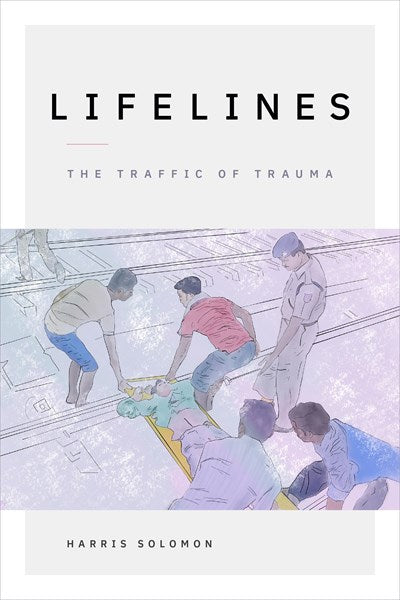Harris Solomon takes readers into the trauma ward of one of Mumbai’s busiest public hospitals, narrating the stories of the patients, providers, families, and frontline workers who experience and treat traumatic injury from traffic .
In Lifelines Harris Solomon takes readers into the trauma ward of one of Mumbai’s busiest public hospitals, narrating the stories of the patients, providers, and families who experience and care for traumatic injuries due to widespread traffic accidents. He traces trauma’s moves after the accident: from scenes of road and railway injuries to ambulance interiors; through emergency triage, surgery, and intensive care; and from the morgue for patients who do not survive into the homes of those who do. These pathways reveal how trauma shifts inequalities, infrastructures, and institutions through the lives and labors of clinical spaces. Solomon contends that medicine itself must be understood in terms of lifelines: patterns of embodied movement that determine survival. In reflecting on the centrality of traffic to life, Lifelines explores a fundamental question: How does medicine move us?

